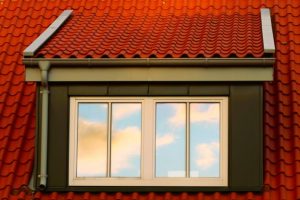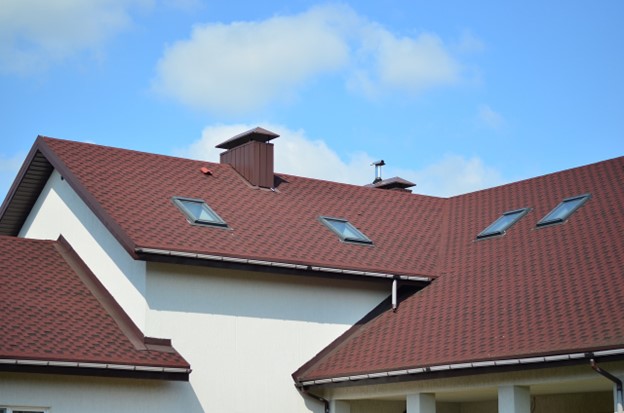Your roof is one of the most critical components of your home. It protects you from the elements, contributes to your home’s energy efficiency, and adds to your property’s overall value. Proper roof care not only extends its lifespan but also ensures that you avoid costly repairs down the line. Regular maintenance, timely inspections, and understanding common issues can make a significant difference in the longevity and performance of your roof. This comprehensive guide will walk you through essential practices for taking proper care of your roof, helping you to keep it in top condition for years to come.
Understanding Roof Components
Before diving into maintenance tips, it’s essential to understand the components of your roof. Roofs typically consist of several layers, including the decking, underlayment, shingles or tiles, and flashing. The decking is the structural base, usually made of plywood or oriented strand board (OSB). The underlayment is a protective layer placed over the decking, designed to provide an additional barrier against moisture. Shingles or tiles are the outermost layer, responsible for shedding water. Flashing is used to seal joints and prevent leaks around areas like chimneys and vents.
The Importance of Professional Roof Maintenance
While regular DIY inspections and maintenance are important, professional roof maintenance is also crucial. Roofing professionals have the experience and tools to perform thorough inspections, identify hidden issues, and make necessary repairs, experts from Total Roof Solutions explain. They can also provide services such as re-roofing or applying protective coatings that may be beyond the scope of DIY efforts. Scheduling a professional inspection at least once a year can provide peace of mind and ensure that your roof remains in good condition.
Regular Inspections: The First Step to Roof Care
One of the most crucial aspects of roof maintenance is regular inspections. It’s recommended to inspect your roof at least twice a year, ideally in the spring and fall, to check for any signs of damage or wear. During these inspections, look for missing or damaged shingles, cracked tiles, or signs of wear on the flashing. Inside your home, check for water stains on ceilings or walls, which could indicate a leak. Catching potential issues early can prevent more extensive damage and costly repairs.
Cleaning Your Roof: Essential for Longevity
Keeping your roof clean is vital for its health and longevity. Debris such as leaves, branches, and dirt can accumulate on your roof and in your gutters, leading to potential blockages and damage. Clean your roof gently using a broom or leaf blower, and avoid using a pressure washer, as it can damage shingles and push water underneath them. Additionally, ensure that your gutters and downspouts are free of debris to prevent water from backing up and causing leaks.
Addressing Common Roof Problems
Several common issues can affect your roof, and addressing them promptly is crucial.
- Missing or Damaged Shingles: Missing or damaged shingles can compromise the integrity of your roof. Replace any missing shingles and repair damaged ones to prevent leaks and further damage.
- Leaks: Roof leaks can be caused by a variety of issues, including damaged shingles, faulty flashing, or poor installation. If you detect a leak, it’s important to identify its source and make repairs as soon as possible.
- Moss and Algae Growth: Moss and algae can grow on roofs in damp climates or shaded areas. While generally not harmful, they can retain moisture and cause roof deterioration. Use a roof-safe cleaner or consult a professional for removal.
Proper Ventilation: Enhancing Roof Performance
Proper ventilation is essential for maintaining the health of your roof and your home’s overall energy efficiency. Good ventilation helps regulate temperature and moisture levels in your attic, preventing issues like mold growth and premature aging of roofing materials. Ensure that your attic has adequate intake and exhaust vents to promote proper airflow. Installing ridge vents or soffit vents can improve ventilation and help keep your roof in optimal condition.
Insulation: Protecting Your Roof from Extremes
Insulation plays a crucial role in protecting your roof from temperature extremes. Proper insulation helps maintain a stable temperature in your attic, reducing the risk of ice dams in winter and overheating in summer. Ice dams occur when snow melts on a warm roof and refreezes at the eaves, causing water to back up under shingles and potentially leak into your home. Adequate insulation and ventilation can help prevent this issue.
Dealing with Severe Weather: Preparing for the Unexpected
Severe weather conditions, such as heavy rain, snow, and strong winds, can put your roof to the test. Preparing your roof for extreme weather can minimize damage and reduce repair costs. Ensure that your roof is in good condition before severe weather hits by checking for loose shingles, damaged flashing, and other potential weaknesses. Trim overhanging branches to prevent them from falling on your roof during a storm. After severe weather, inspect your roof for any damage and make repairs promptly to prevent further issues.
Roof Replacement: When It’s Time for a New Roof
Eventually, every roof will need to be replaced. Signs that it might be time for a new roof include frequent repairs, significant shingle damage, or visible sagging. A new roof can enhance your home’s appearance, improve energy efficiency, and provide better protection. When replacing your roof, choose high-quality materials and work with a reputable roofing contractor to ensure a successful installation.
Budgeting for Roof Maintenance and Repairs
Maintaining and repairing your roof can be a significant financial commitment, so budgeting for these expenses is essential. Set aside a portion of your budget for regular maintenance and unexpected repairs. Consider purchasing a home warranty or roof insurance policy that covers certain repairs and replacements. Planning can help you manage costs and ensure that your roof remains in good condition without financial strain.

Taking proper care of your roof is an investment in the longevity and value of your home. Regular inspections, cleaning, and maintenance are key to preventing damage and extending the lifespan of your roof. Understanding common issues, ensuring proper ventilation and insulation, and seeking professional help when needed are all essential practices for effective roof care. By following this comprehensive guide, you can keep your roof in excellent condition and enjoy peace of mind knowing that your home is well protected.

Recent Comments